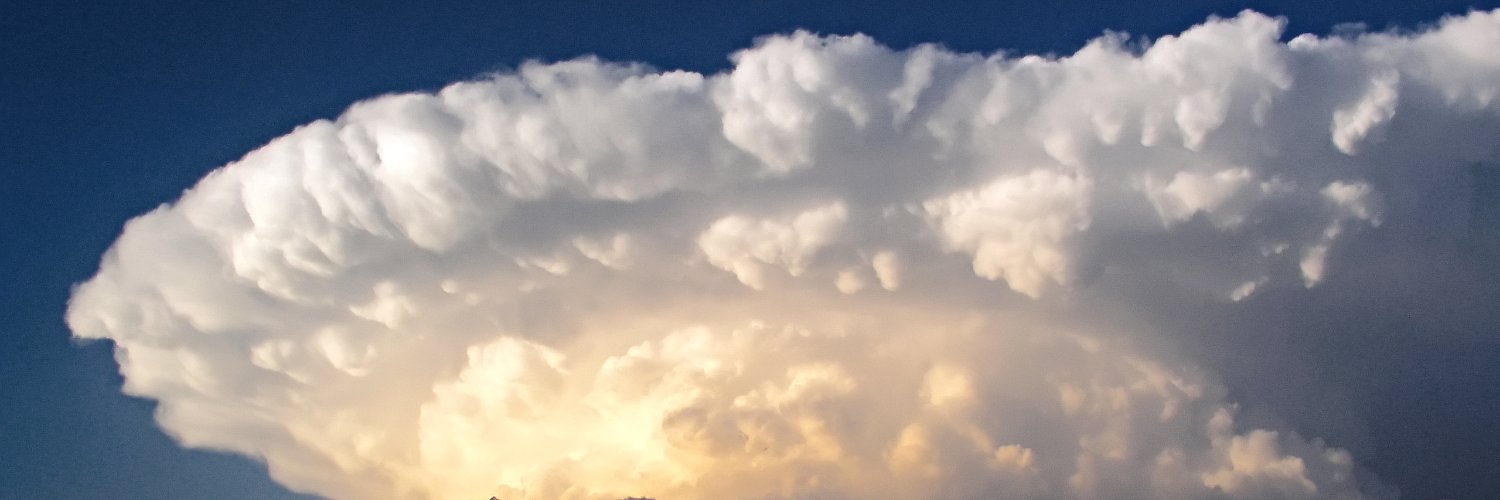
ICECHIP
@nsf_icechip
In-Situ Collaborative Experiment for the Collection of Hail In the Plains (ICECHIP). @NSF funded field campaign to better understand all aspects of hail.
After 42 days and 15,000 + miles driven, #ICECHIP completed 24 IOPs across 11 states, including within 75 miles from both the Mexico and Canada borders. This totaled more than 10,000 hailstones collected by our teams while data was gathered on different types of hailstorms!

Learn more about the future of hail and ICECHIP’s contributions to the science in this story from NBC News. Descubre cómo será el futuro del granizo y conoce las aportaciones de ICECHIP a la ciencia en este reportaje de NBC News. youtu.be/0Ldi_twCyoo?si…

I rode along with the meteorologists chasing the world's most extreme hail storms across the Great Plains in a massive effort improve our forecasts of these damaging events. Thanks to all involved in @nsf_icechip for having us. Had a hail of a good time. youtube.com/watch?v=u_Ci6-…
What is the 411 on @NSF_ICECHIP? ℹ️ Throughout May and June, #IBHS researchers were part of a 6-week #hail deployment. Hear from lead PI @AdamsSelin from @AER_inc as she brings us back to basics on the project.
End of Season, ND Radars, Mesonets, Pods out 🎩 So happy to have been part of the @nsf_icechip field phase! After 24 IOPs…now the work begins 😁
Scanning hail-producing storms in North Dakota for @nsf_icechip …some dows get hail (and a rainbow!) and some dows get structure at their location
It’s peak hail season across the Great Plains, and dozens of researchers studying the extreme weather are chasing, driving and running into storms to collect fresh hail. Here’s what happens to them after they’ve been collected.